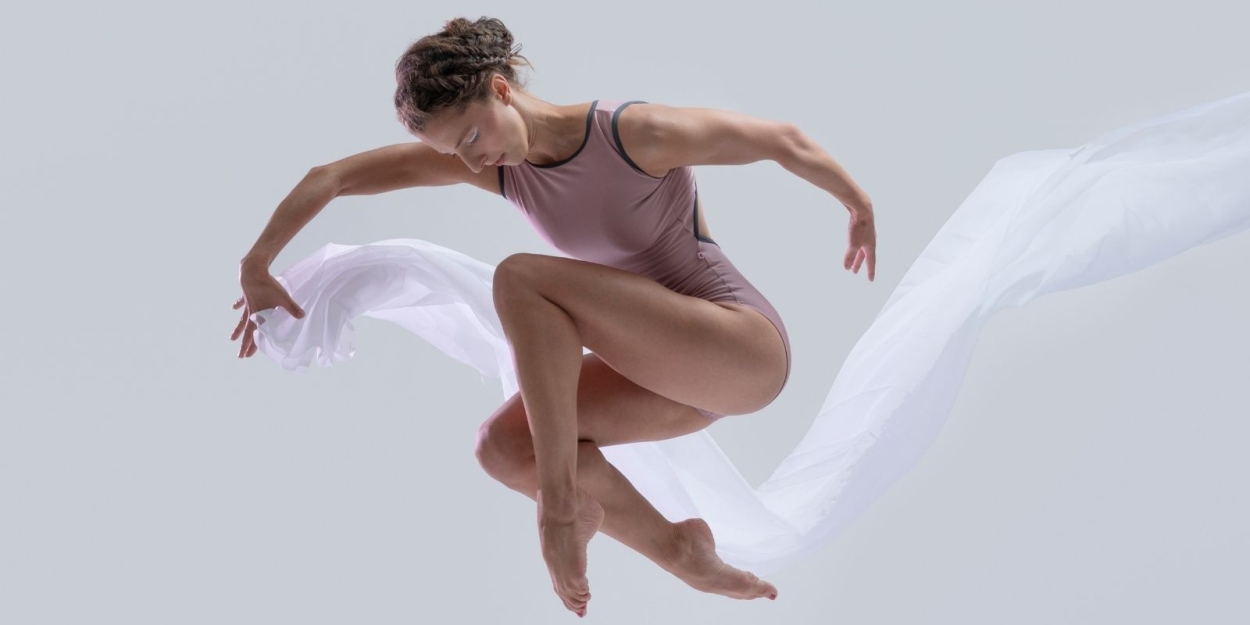There’s no better way to celebrate the unequivocal power of dance than spending a night watching the San Francisco Ballet. On February 3, audiences gathered at the War Memorial Opera House, eagerly anticipating “Programme 2” featuring Helgi Tomasson’s “Caprice”, Jerome Robbins’ “In the Night” and William Forsythe’s “Blake Works I”.
The three-bill program pushed the boundaries of ballet, showcasing her company’s talent with intricate choreography that thrived in its poignant display of three distinct narratives. While each performance certainly varied in tone and design, each captured the very essence of “Programme 2” – ballet is a timeless art that brings communities together and presents the human experience to audiences in surprisingly subtle ways.
In Tomasson’s 37th and final season with the company, SF Ballet kicked off the evening with a brief video depicting the renowned impact of the Artistic Director and Principal Choreographer having choreographed over 50 ballets during his time with SF Ballet.
Tomasson’s stunning choreography and artistic direction is profoundly demonstrated in “Caprice”, the first performance of the evening. Principal dancers Misa Kuranaga and Angelo Greco first graced the stage with impeccable technique, dressed in breathtaking cream-colored costumes that shone against a backdrop of golden pillars.
Neoclassical ballet — set to “Symphony No. 2 in A minor” by Camille Saint-Saëns and the adagio from “Symphony No. 3 in C minor” – highlights a wide variety of dancers, each exhibiting different skills. The ballet mainly focuses on its two main couples (Kuranaga and Greco with Yuan Yuan Tan and Luke Ingham), who perform delicate choreography with ease. Yet Tomasson also employs a range of ensemble dancers who assist in the presentation of these couples, delivering compelling performances that demonstrate the magic of classical ballet.
Although Robbins’ “In the Night” uses fewer dancers, the piece seems rather grand in its staging and exploration of love and intimacy. A black background adorned with piercing blue stars and the music of Frederique Chopin set the stage for 25 minutes of jaw-dropping lines and lifts. Capitalizing on the simplicity of a pas de deux, the ballet experiments with inventive choreography that uses the entire stage to explore the intricacies of relationships.
Six dancers make up the piece, each representing couples at different stages of their relationships. Each dancer invites the audience to peek into their romantic pursuits, performing choreography that physically echoes both the lust and flaws embedded in each affair.
Although the basis of the piece is rather simple, “In the Night” is incredibly deep. It clearly points to parallel experiences that eventually converge, representing the ways in which the majestic scope of the universe does not prevent individuals from experiencing painful but still beautiful forms of love.
The final performance of “Program 2” was SF Ballet’s premiere of “Blake Works I,” which extends this simplicity even further by showcasing the dancers’ fantastic extensions, toe turns, and pirouettes with plain blue leotards and a backdrop. noir. Yet Forsythe’s 2016 contemporary ballet plays with classical ballet technique, molding it with a captivating modernity. Music from James Blake’s album color in anything frames the room in a contemporary light that departs from the neoclassicism of Tomasson’s “Caprice”. Blake’s echoing voice heightens the intensity of the piece, allowing for playful artistic experimentation.
The choreography is energetic, blending contemporary and modern dance techniques to push the boundaries of ballet. Flexed palms and eccentric arm movements may not match the images of pointed toes and elongated fingers commonly associated with ballet, but in Forsythe’s “Blake Works I,” these unexpected, eccentric movements help the piece hold together. His public.
At its core, “Blake Works I” is an ode to dance as an art form. Considering the company originally rehearsed Forsythe’s piece in pandemic-safe pods due to COVID-19, performing the piece before a live audience at the War Memorial Opera House is all the more rewarding. Given its creative influence from other dance styles, this performance ushers in a new beginning for contemporary ballet – a hopeful future in which the style will continue to evolve.
Certainly, San Francisco Ballet will continue to celebrate the power of dance, using inventive choreography and its company’s unparalleled technique to relay the importance of ballet as a means of conveying emotional experiences through movement.
SF Ballet’s “Program 2” will be presented from February 3 to 13, 2022.
Sarah Runyan is Associate Arts and Entertainment Editor. Contact her at [email protected].




